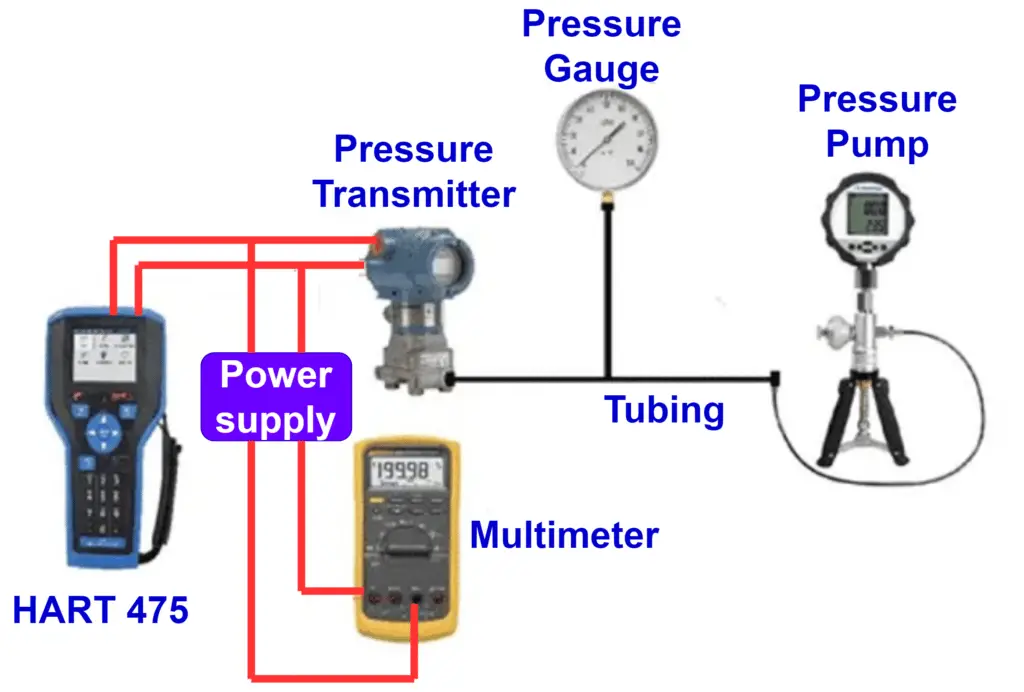This article describes the difference between Repeatability and Reproducibility. When we talk about any instrumentation transmitter or system, the first term that comes to our mind is the accuracy, precision, resolution, and range of the instrument or the system. The other two words which come to our mind are repeatability and reproducibility. Repeatability and reproducibility are the two most confusing words which people often use incorrectly. In this article, we will look into the difference between these words.
Repeatability
Repeatability is verified when the values to be measured are taken repeatedly by the same instrument or equipment, provided that certain conditions remain the same. Here certain conditions to be taken into consideration are:
- The place where the readings are taken should remain the same
- The readings should be taken by the same person
- The method of taking the reading should remain the same
- The reading should be taken by the same equipment
- The time interval between the repeated readings should be small.
So, to do the repeatability test for anything, the place, the person, the method, and the instrument all should remain the same.
Let us see an example of how to do a repeatability test for a pressure transmitter.
To do a repeatability test for a pressure transmitter, first, make a setup as shown below.

Now turn ON the pressure transmitter, multimeter, HART 475, and pressure pump. It is always recommended to use a certified and calibrated pressure pump, multimeter, and HART 475.
Now apply some pressure that is in range of the pressure transmitter. Suppose the range is 10 kg/cm2, you can select any value greater than 0 kg/cm2 and less than 10 kg/cm2. Suppose we apply 5 kg/cm2 pressure through a hand pump. The reading comes to 5.01 kg/cm2 on the pressure transmitter. Now, keep it pressurized for a few minutes. Depressurize the system and again give a pressure of 5 kg/cm2. Observe the value and suppose the value comes to 5.00 kg/cm2. Now, again depressurize the system and repressurize the system. Now this time reading comes to 5.01 kg/cm2. So, we can say that the system is having good repeatability.
(Note: Here we have used a reference gauge to confirm the output of the pressure pump. A multimeter and a HART 475 to know the output response of the pressure transmitter).
To know the repeatability of the instrument we should calculate the standard deviation of the readings.
Repeatability is very important because we need to confirm whether the same instrument will produce the same outputs when the same input conditions are present. If the instrument does not produce the same output when the same inputs are applied, then the instrument cannot be a reliable one.
Reproducibility
Repeatability is verified when the values to be measured are taken repeatedly by the other instrument or equipment and under different conditions. Here different conditions are as mentioned below.
- The place where the readings are taken should be different
- The readings should be taken by different person
- The method of taking the reading should be different
- The reading should be taken by the different equipment
- The readings should be taken at different time intervals.
Hence, we can say that reproducibility is the test in which a different person conducts measurement using the same or different equipment (of the same make and model number) using a different method and at different time intervals at a different places.
Here we can take the same example of the pressure transmitter. But now, in this case, we will take readings using a different pressure pump, different multimeter, and different HART 475, at different locations, and the person applying the pressure through the hand pump will be different.
A reproducibility test is important to know whether the given instrument or equipment will produce the same outputs at different conditions or not. This way we can know whether the instrument or the equipment can be used at other locations and services or not.
Inter-laboratory Comparison (ILC)
Inter-laboratory comparison (ILC) is the comparison between the reproducibility of results conducted by two or more labs. Inter-laboratory comparison (ILC) checks the competence of the lab to produce the same reproducibility results.
Differences
If there exists a Significant difference in Repeatability and Reproducibility, then it indicates the following problems:
- Environmental conditions- The different environmental conditions may produce different results. For example- Vibration on the surface while weight calibration may cause errors in measurement.
- Unskilled Operator
- Inappropriate method of measurement
- Defective equipment